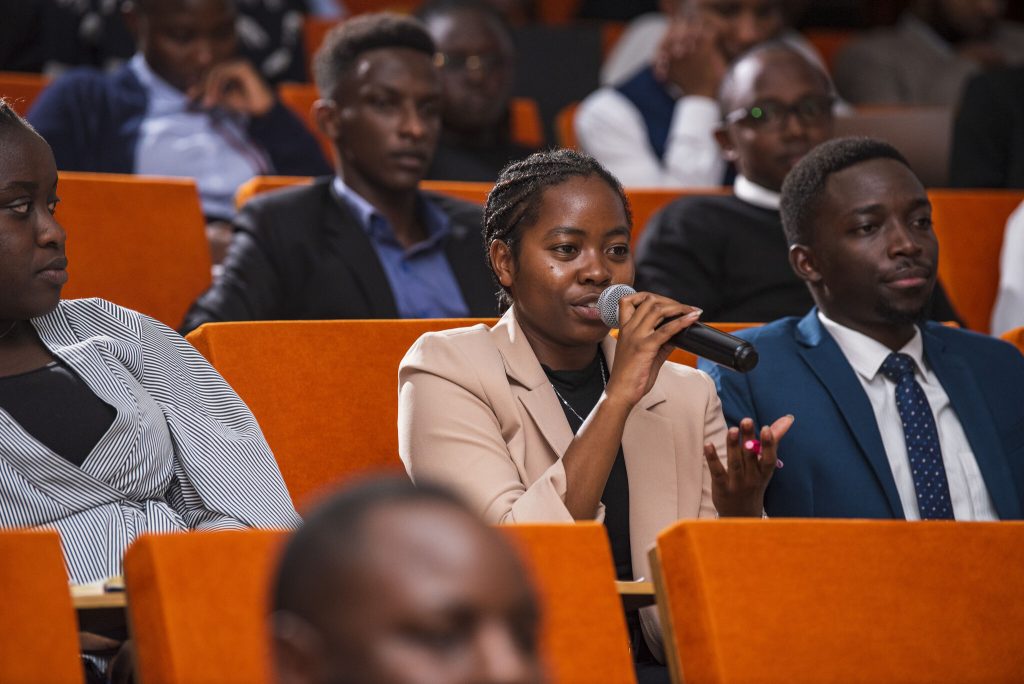The Met Gala this week dominated global headlines — not just for its extravagant looks, but for the cultural commentary embedded in this year’s theme. Titled: Superfine: Tailoring Black Style, it celebrated the legacy of Black dandyism, a tradition rooted in resistance, reinvention, and radical self-expression. The event sparked broader conversations about representation, identity, and how fashion can be a powerful tool of narrative-making — especially for communities historically excluded from mainstream spaces.
Of course, we at the Academy jumped on the bandwagon — and straight into a rabbit hole — to explore fashion’s place in Africa. And guess what? Africa is fast becoming a global cultural powerhouse, particularly in music and fashion. This rise is not just about aesthetics or hype — it’s deeply economic and social. According to UNESCO’s first African fashion report, released during Lagos Fashion Week, the continent’s fashion industry is poised for growth, backed by rising consumer demand, an expanding middle class, and an increasing preference for Made in Africa brands.
While the report points to gaps in infrastructure, funding, and data, the overall outlook is optimistic. With strategic investment and smarter policies, fashion could become one of Africa’s most transformative creative sectors — and a meaningful site of employment, identity, and dignity.
In a week filled with high glamour and forward-looking stories, there are signs — cautiously hopeful ones — that other complex issues may be inching toward resolution too. A Qatar-brokered ceasefire between the DRC and M23 rebels brings a fragile but welcome pause in one of the region’s most persistent conflicts. Meanwhile, a trade dispute between Malawi, Tanzania, and South Africa is testing the limits of the AfCFTA’s promise, exposing legal gaps that must be addressed if Africa’s free trade vision is to hold.
And finally, in Uganda, a former teacher has become an unlikely environmental hero. Mustafa Gerima is waging a lonely but inspiring battle to save shea trees — known as “women’s gold” — from extinction. Her story reminds us that sustainability, much like style, often starts at the grassroots.
It’s been exciting to see such a positive arc in development, but equally important to remember that progress often happens even when it doesn’t seem to be.

